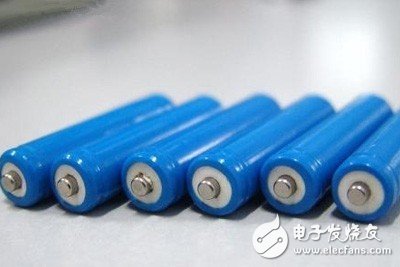Generally speaking, the welding of the power battery casing is mainly in the form of side welding and top welding, which have their own advantages and disadvantages, and the aluminum shell of the power battery is prone to problems such as bulging, stomata, fraud or the like because of the particularity of the material thereof. The square battery is soldered at the corner and is prone to problems. Here are some of the difficulties in power battery package soldering: 1. Difficulties in the process of power battery welding Generally, the thickness of the aluminum shell of the power battery is required to be less than 1.0 mm. The mainstream manufacturers currently mainly use 0.6 mm and 0.8 mm depending on the battery capacity. The welding method is mainly divided into side welding and top welding. The main advantage of the side welding is that the internal influence of the electric core is small, and the spatter does not easily enter the inner side of the cover. Since the protrusion may be caused after soldering, this will have a slight influence on the assembly of the subsequent process. Therefore, the side soldering process has high requirements on the stability of the laser, the cleanliness of the material, and the matching gap between the top cover and the aluminum shell of the power battery. . The top welding process can be welded on one surface, and a more efficient galvanometer scanning welding method can be adopted. However, the requirements for the shelling and positioning of the front process are high, and the automation requirements for the equipment are high. 2. Difficulties in welding the aluminum shell of the power battery At present, the aluminum battery of the power battery accounts for more than 90% of the entire power battery. Laser welding of aluminum is difficult, and it will face problems such as bulging on the surface of the weld, porosity, fire, and internal air bubbles. Surface bumps, pores, and internal bubbles are fatal injuries to laser welding, and many applications have to stop or find ways to avoid them for these reasons. Many battery manufacturers will have a big headache in the early stage of research and development. The main reason is that the fiber core diameter is too small or the laser energy setting is too high. There are many factors that cause fire (also known as Splash), such as the cleanliness of the material, the purity of the material itself, the characteristics of the material itself, etc., and the decisive role is the stability of the laser. In the power battery welding, the welding process technician will select the appropriate laser and welding process parameters according to the customer's battery material, shape, thickness, tensile requirements, etc., including the welding speed, waveform, peak value, tip angle of the welding head, etc. Welding process parameters to ensure that the final welding effect meets the requirements of the power battery manufacturer. 3. Difficulties in welding of square power batteries The square battery is affected by the factors such as the matching precision of the incoming material. The corner is most prone to problems during welding. It needs to be explored according to the actual situation. Adjusting the welding speed can solve such problems. Circular batteries do not have this problem, but subsequent integration into battery modules is more difficult. The difficulty of welding power batteries is here for you to share. As long as we understand these difficulties in power battery welding, we will avoid them one by one. I believe we will be able to break through the welding difficulties. Din Rail Connectors,Din Terminal Block,Din Rail Mount Terminal Block,Rail Terminal Block Cixi Xinke Electronic Technology Co., Ltd. , https://www.cxxinke.com